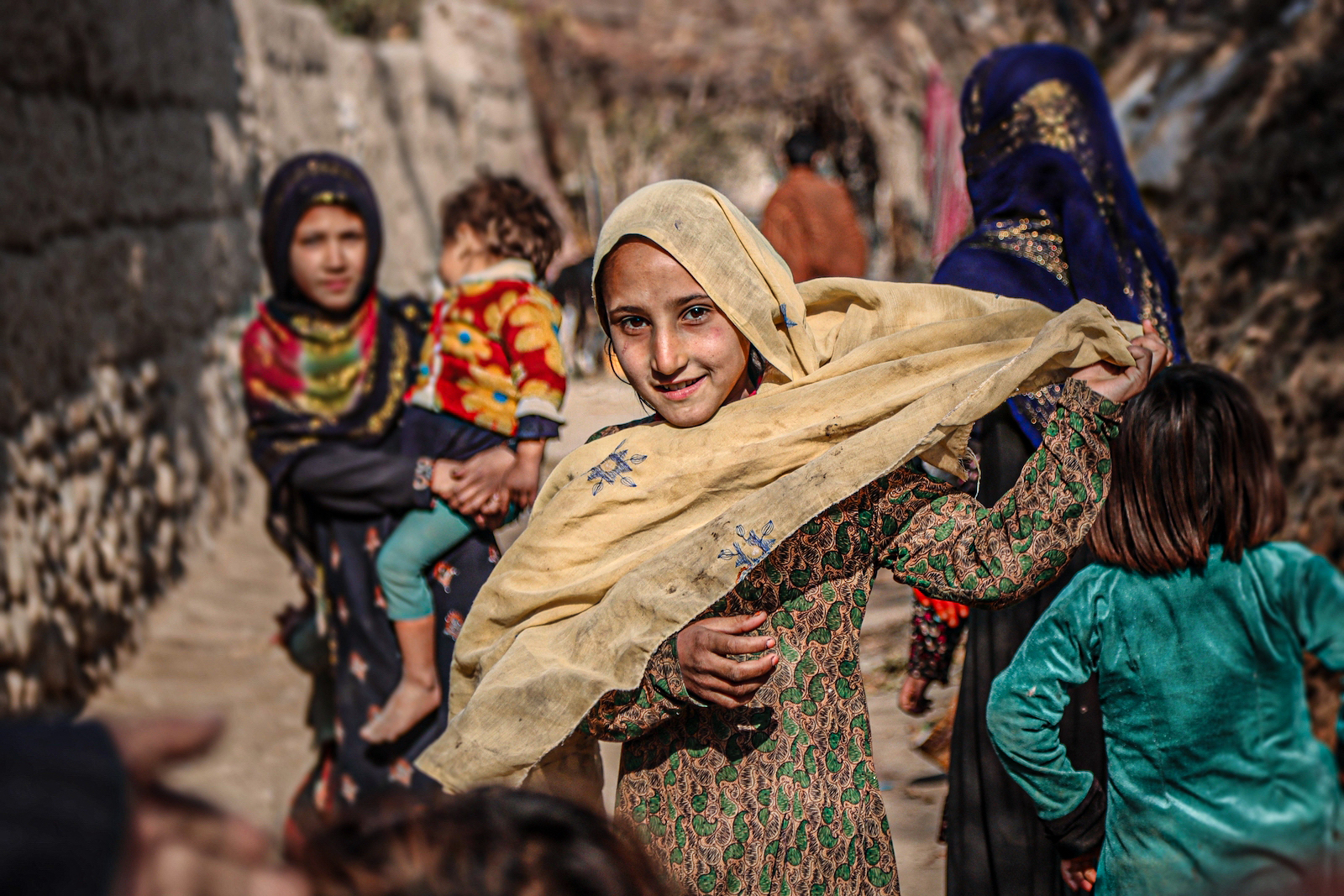
How the Taliban Can Be Tempered as it Tries to Govern
The Taliban will remain the dominant political and military force in Afghanistan for the foreseeable future. Any remaining domestic opposition, from either the so-called Islamic State Khorasan Province (ISIS-K) or the National Resistance Front (NRF) is highly unlikely to challenge the Taliban’s grip on power.
The Taliban faces no immediate external threat from a regional or global power. As Western influence wanes, China’s economic tentacles extend writ large. On the one hand, the lack of political or military alternative to the Taliban regime has compelled regional powers to reckon some form of cooperation short of diplomatic recognition. On the other, the Taliban realizes that its rule is tenuous, particularly as it has failed to improve the socio-economic conditions of Afghans whose plight worsens every day.
This is why the regime has launched a robust campaign to normalize and improve relations with foreign nations. While the Taliban have historically held amicable ties with Pakistan and the Gulf states, it has also cemented diplomatic relations with Iran and begun to do the same with India. These ties, particularly with Iran and India, are quite significant.
During the U.S. military involvement in Afghanistan, Iran maintained close relations with the Taliban as they both shared a staunch enemy in Washington. Pakistan – having provided refuge to the Taliban for decades and historically served as its main patron – perceives India as an existential threat. Part of the reason Islamabad has been propping up the Taliban since the mid-1990s is to ensure there is a friendly government in Kabul for its geostrategic interests. The Taliban’s diplomatic outreach to India signifies that the Taliban is disinclined to remain a pariah state in the same way they were in the 1990s. In fact, senior members of the movement diversified their political and revenue base during their exile in the Gulf.
Beyond diplomatic and trade relations, the Taliban requires a domestic governance consensus somewhat palatable to the disparate ethnoreligious groups residing in Afghanistan. Such a heterogeneous society cannot simply be ruled by one ethnic group for long. The Taliban’s leadership is predominately composed of ethnic Pashtuns. While experts have yet to conclude whether the Taliban have evolved, what is palpable is that the Taliban have given the appearance of exercising power beyond the barrel of the gun. One indicator of discreet change is the group’s outreach to former Afghan officials, imploring them to return home. The Taliban have even reached out to Ahmad Massoud, the son of Ahmad Shah Massoud, to join its government.
Napoleon is known to have said that men make history, but institutions ensure their continuity. The Taliban will not likely build any kind of edifice that will guarantee the individual rights of Afghan citizens. But the regime needs a unified story that all ethnic groups can rally around and not reject. The philosopher Francis Lieber once wrote: “Without a national character, states cannot obtain that longevity and continuity of political society which is necessary for our progress.” This national character is basically a story of sorts about the imaginative past that different ethnic and religious groups in Afghanistan can coalesce around and agree upon.

The inclusion of women is a critical part of this construction of Afghanistan’s national character. The historian Thomas Bender held that a common historical narrative is essential to maintain an affiliation that makes up its national subjects. Nations, Bender went on to say, are a “collective agreement, partly coerced, to affirm a common history on the basis for a shared future.”
The inner ideological rifts within the Taliban, particularly the competing visions between Mullah Baradar and Mullah Yaqub and the Haqqani Network, demonstrate the dire need for the former insurgents to reach strategic consensus as a precursor to governing a fragmented nation that the U.S. could not enact. As the Taliban made quick inroads into Kabul during its summer offensive last year, international journalists captured the stark contrast between the rhetoric of the leaders on top and the gruesome tactics employed by local commanders on the ground. Both levels of the leadership rule have blatantly disregarded human rights, women’s education, and the recognition of minority religious groups. The Taliban is an ethnic Pashtun nationalist regime that seeks to consolidate power as a religious oligarchy.
Even Washington, uncontested as the most powerful country, could not overcome the lack of consensus through the projection of its vast military capabilities. Soft power capabilities remain the only viable strategy to create a new cultural fervor through the more enlightened Deobandi Islamic traditions, a mid-19th century revivalist movement bred out of the anti-colonial movement in British India.
The Taliban’s distorted understanding of Islamic doctrine stems from the ideological backwardness that flourished at various Deobandi seminaries in Pakistan. Darul Uloom Haqqania, colloquially known as the University of Jihad for its crude and gruesome guerrilla instructions, is home to some of the founding students or tulaab (talib in singular form) who later formed the so-called Islamic Emirate. The tulaab found a haven in Deobandi religious instruction, which was founded in the town of Deoband in India’s Uttar Pradesh. While the Deobandi practice has regressed in Pakistan, it has correspondingly progressed in India.
In Deoband, a town with a 65-percent Muslim population, the ruling Hindu-nationalist Bharatiya Janata Party (BJP) hails a political majority. Roughly 15 percent of Indian Muslims identify with this tradition, which opposed the partition of India, and its pioneering thinkers recognize the significance of a multireligious society. India, as the fifth-largest aid donor, maintained considerable leverage in Afghanistan by funding scholarships and building multi-billion-dollar infrastructure projects. The Delhi government recently dispatched humanitarian aid in the aftermath of a major Afghan earthquake that left over 1,000 dead. It recognizes the Taliban as an unfortunate political reality that must be reckoned with as it tries to counter the influence of both China and Pakistan.
The influence of Salafism in Afghanistan and Pakistan, heavily funded by Saudi Arabia, has played a retrogressive role in Deobandi Islam since the 1980s. Pakistan further exploited the Saudi influence campaign to advance its proxy warfare agenda against India in Afghanistan.
Islamabad also cultivated Deobandi militancy to prop up the mujahideen resistance to ward off the Soviets during the Cold War. With the BJP reopening its embassy in Kabul without explicitly recognizing the Taliban, Indian policymakers should leverage enlightened and reformed Indian Deobandis to establish a working relationship with the former insurgents. A working relationship would permit a long-term avenue, however conceivable at present, to create a dialogue to fight terrorism and provoke Afghan Deobandi traditions to become more forward-looking – like their counterparts in Uttar Pradesh. This soft power approach will require a sustained generational effort, one where the U.S. and other Western states could tacitly cooperate with India.
Adherents of the Deobandi movement themselves are diverse: some promote the Gandhian teachings of ahimsa (nonviolence), while others opt for a more militant approach. Indian intelligence services would need to adequately vet such adherents when attempting to use influential domestic Deobandis as middlemen to facilitate negotiations with the Taliban. Intelligence services should also promote more enlightened thinkers who believe in Islamic bida (innovation) and falsafa (philosophy) inspired by Hellenic tradition.
In a country where ethnic tribalism triumphs over patriotic sentiment, Afghanistan remains a loose confederation of disparate communities with minimal enthusiasm for a unified nation. The Soviets sparked a unified uprising within the mujahideen resistance to cast out the “infidels.” The Americans inadvertently exacerbated Afghan society’s alienation with the influx of corrupt technocrats, which empowered the Taliban insurgency. The Taliban is beyond proud and brimming with hubris over the strategic defeat of the U.S. as a superpower in Afghanistan. However, the Taliban must bring about not only a unified vision of governance but also a government that is inclusive of women and ethnoreligious minorities.
The views expressed in this article are those of the authors alone and do not necessarily reflect those of any institutions with which the authors are associated.


